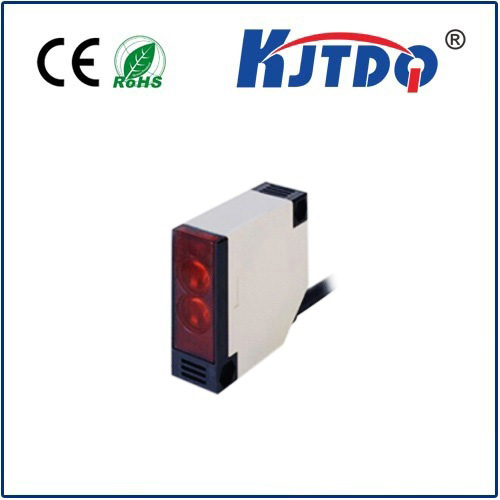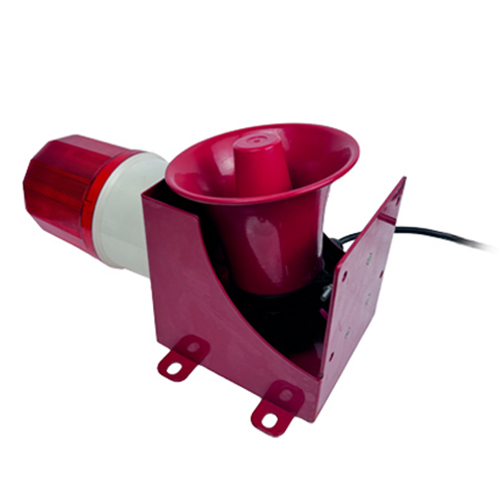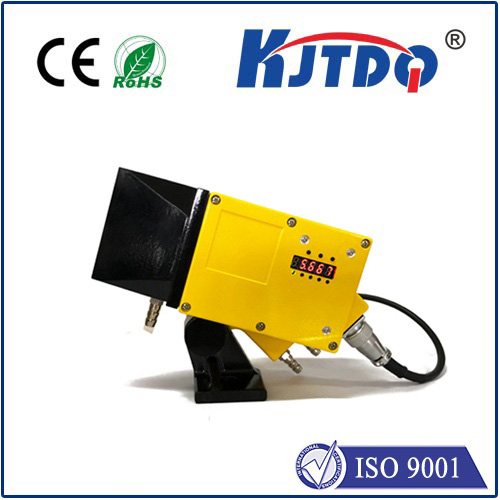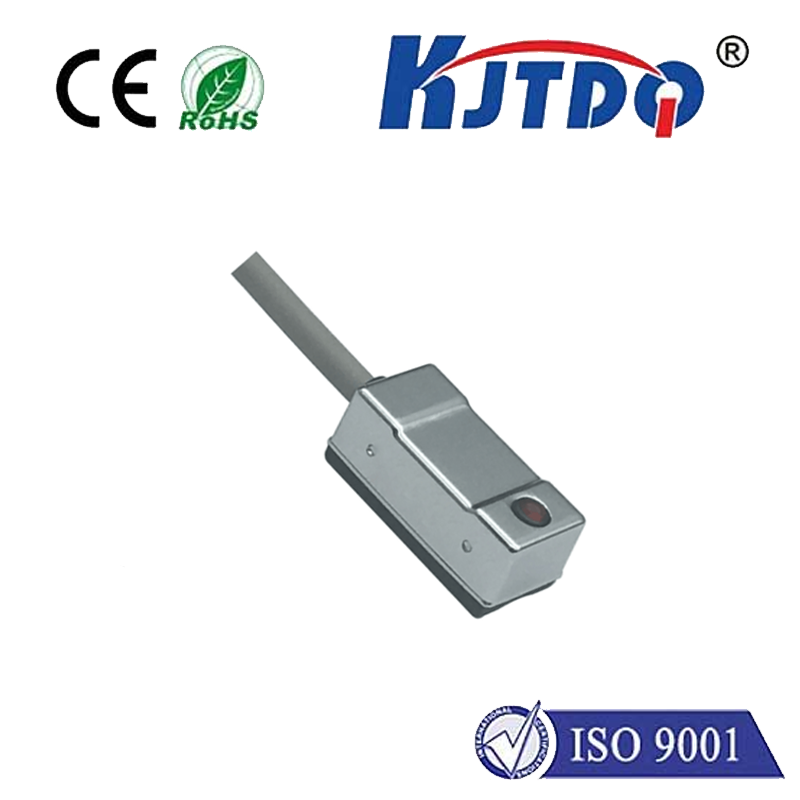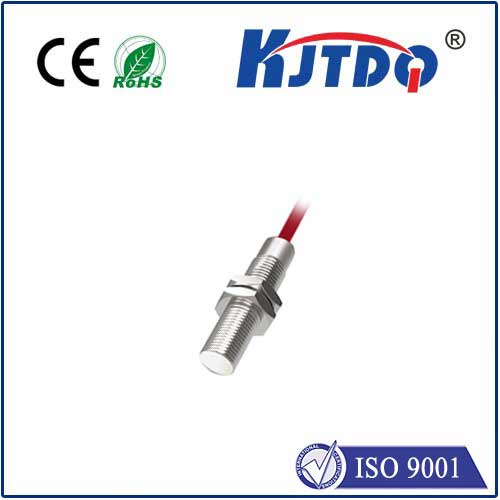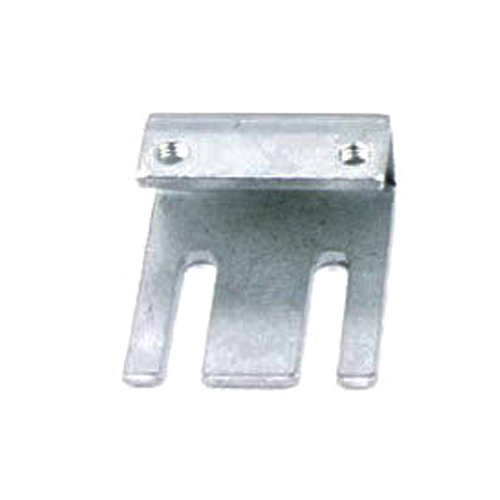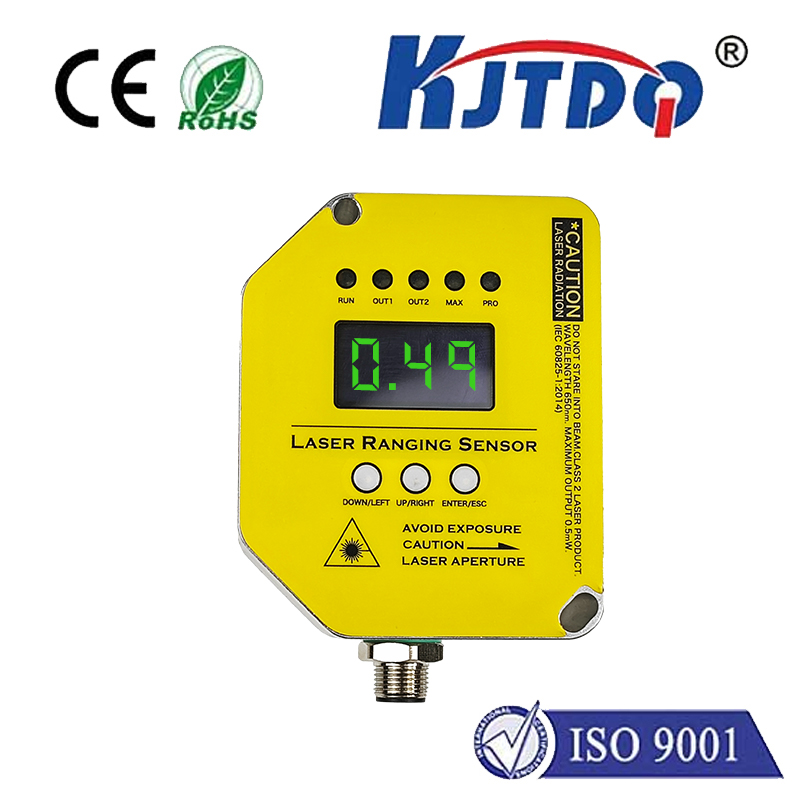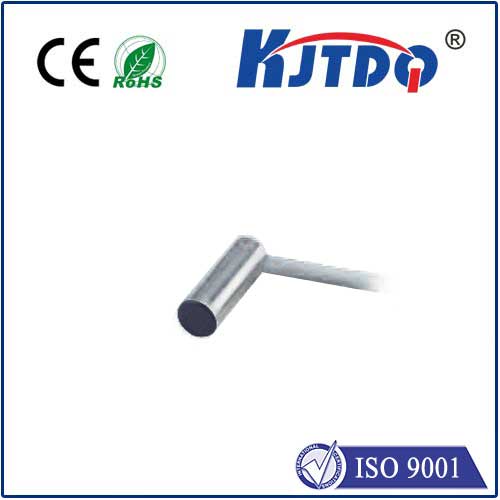escalator photoelectricity sensor
- time:2025-09-13 01:24:44
- Click:0
The Invisible Protectors: How Photoelectric Sensors Define Modern Escalator Safety
We step onto them countless times a day – bustling airports, busy shopping malls, underground transit networks. The familiar hum and rhythmic movement of escalators are ingrained in modern urban life. Yet, beneath this visible machinery lies a silent, essential guardian ensuring every step we take is secure. At the heart of this critical safety net lies a technology both elegant and reliable: the escalator photoelectric sensor.
Far more than just a component, photoelectricity sensors represent the core intelligence preventing accidents before they occur. These optical devices, meticulously integrated into escalator design, form an invisible shield using light itself. Their role isn’t mechanical propulsion but vigilant protection, constantly monitoring the step path and surrounding areas for potential hazards, ensuring the smooth transition between motion and safety.
Decoding Photoelectricity: Light as the Safety Sentinel
The principle is deceptively simple yet incredibly effective. Photoelectric sensors operate on the fundamental interaction of light and matter. In an escalator context, they primarily function as beam interruption detectors. Here’s the breakdown:
- The Source: An infrared light emitter sends out a focused, invisible beam across a critical path – often near the step comb plate at the entry and exit points, or along the skirt panels.
- The Receiver: On the opposite side, a highly sensitive photodetector awaits this specific beam. Its sole purpose is to confirm the beam’s uninterrupted arrival.
- The Trigger: When an object – be it a misplaced shoe, a loose bag strap, or debris – interrupts this precise beam path, the receiver instantly detects the loss of light signal.
- The Response: This detection triggers an immediate, automated safety shutdown command to the escalator’s control system. The escalator slows down dramatically or halts completely within milliseconds, preventing potential entrapment, impact, or other accidents.
This real-time, light-based monitoring creates a non-contact safety barrier. There are no physical switches to jam or wear out prematurely; the system relies purely on the presence or absence of light.

Why Photoelectric Sensors Reign Supreme in Escalator Safety
Several key advantages make photoelectric sensors the preferred choice for critical escalator safety applications:
- Unmatched Speed: Light travels fast. The detection of beam interruption and the subsequent safety response happen at near-instantaneous speeds, critical for preventing severe incidents where fractions of a second matter.
- Non-Contact Reliability: Since there’s no physical contact required for detection, these sensors suffer minimal wear and tear. They aren’t prone to jamming or mechanical failures inherent in contact-based switches, leading to significantly higher operational reliability.
- Precision Monitoring: The beam can be precisely aligned to monitor very specific zones deemed high-risk, like the narrow gaps where steps meet the comb plate or the clearance between moving steps and stationary skirt panels. This targeted vigilance is essential.
- Effective in Harsh Environments: Modern escalator sensors are designed to withstand the challenging conditions of their environment – dust, vibration, temperature fluctuations, and varying lighting. They maintain consistent performance where other sensor types might falter.
- Durability & Low Maintenance: Their solid-state nature generally translates to long service life and reduced maintenance demands compared to mechanical alternatives, though regular cleaning and functional checks remain vital.
Crucial Applications: Where the “Light Barrier” Saves the Day
Photoelectric sensors are strategically deployed at several critical junctures on an escalator:
- Step Comb Plate Protection: Sensors positioned horizontally across the entry and exit comb plates are arguably the most vital. They detect anything (feet, objects, debris) that might be getting caught between the moving steps and the stationary comb teeth. Immediate stopping is paramount here.
- Skirt Obstruction Detection: Vertical sensors running along the length of the escalator, typically behind the skirt deflector brushes, monitor the gap between the moving steps and the stationary skirt panel. If an object (like soft shoe sides or clothing) is dragged into this gap, the beam is broken, triggering a shutdown to prevent entrapment or friction burns.
- Handrail Entry Monitoring: Sensors near the handrail entry point can detect obstructions or ensure the handrail is moving synchronously with the steps, though other mechanisms often supplement this.
- Overspeed/Underspeed Detection: While different in application, some variations or combinations involving photoelectric principles can assist in monitoring step chain speed by detecting step passing frequency.
Beyond Safety: The Efficiency Frontier
While paramount, safety isn’t the only benefit. Reliable photoelectric sensors contribute to overall escalator uptime and efficiency. By preventing accidents, they minimize disruptive emergency stops triggered by entrapments. Furthermore, their inherent reliability and lower maintenance requirements compared to mechanical switches reduce service interruptions and associated costs, keeping people and places moving smoothly.
Innovation and the Path Forward: Smarter Sensing
Escalator photoelectric sensor technology isn’t static. Continuous refinement focuses on:
- Enhanced Immunity: Improving resistance to external light interference (e.g., bright sunlight or flashing lights) and dirt accumulation to reduce false stops.
- Diagnostics & Connectivity: Integrating self-diagnostic capabilities and communication protocols for predictive maintenance. Sensors can alert technicians to degrading performance or lens contamination before a failure occurs.
- Miniaturization & Integration: Making sensors smaller and potentially integrating emitter and receiver into single housings with reflectors for easier installation and alignment, especially in retrofit scenarios.
- Multi-Beam Arrays: Employing multiple beams or scanning techniques for more comprehensive coverage of complex or wide zones, enhancing detection reliability.
Compliance: The Non-Negotiable Standard
The deployment and performance of escalator safety systems, including photoelectric sensors, are governed by stringent international safety standards (like ISO 22200 and regional equivalents like EN 115). Compliance isn’t optional; it’s a fundamental requirement ensuring these life-saving devices perform reliably under defined conditions. Regular inspection, testing, and certification are mandated to verify that these sensors meet the required Safety Integrity Levels (SIL) for their critical function.
The next time you step onto an escalator, take a fleeting moment to appreciate the unseen technology working tirelessly to protect you. Photoelectric sensors, operating silently with beams of light, epitomize the sophisticated, reliable safety engineering embedded within modern escalators. They are the digital vigilance that makes the rhythmic motion of modern transportation not just convenient, but fundamentally safe for millions of passengers every single day. Their evolution continues, promising even greater levels of precision and proactive protection as escalator technology advances.







